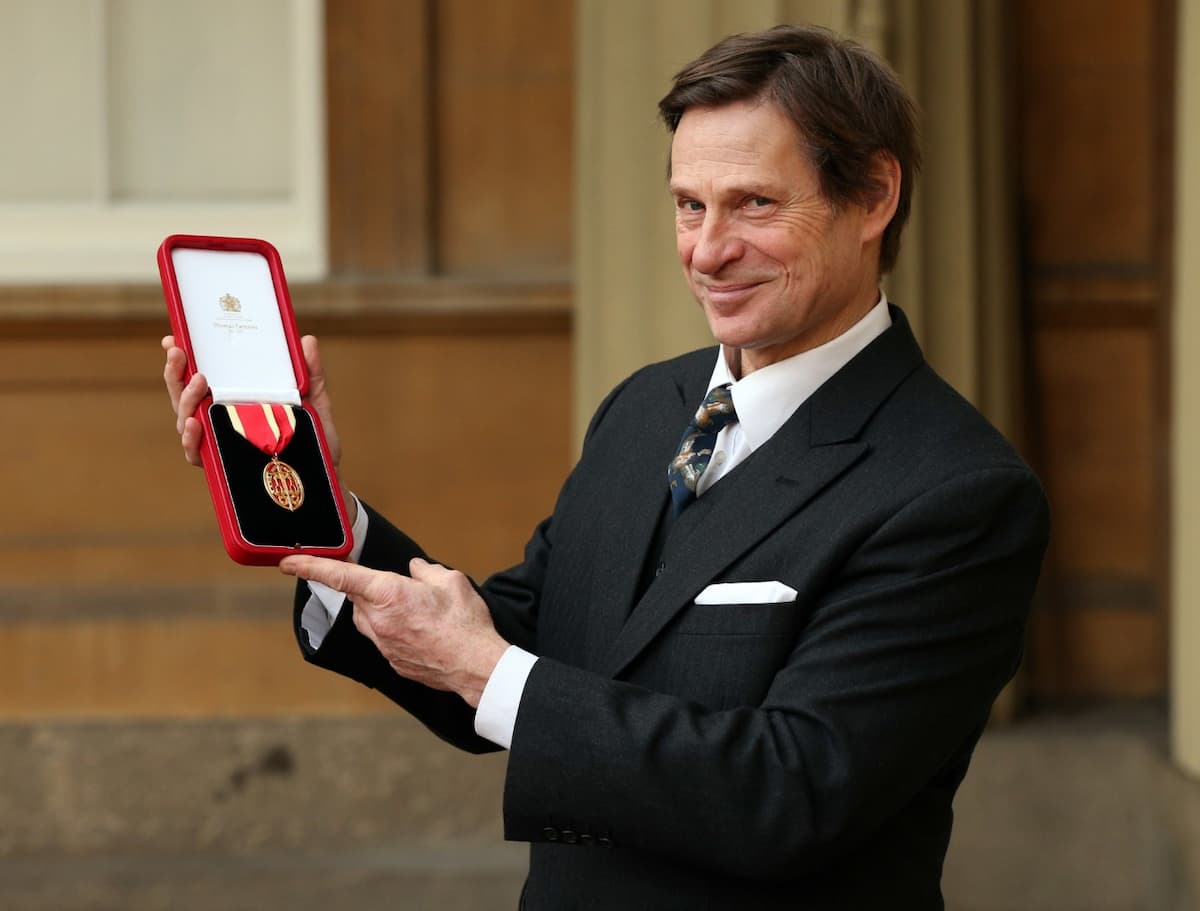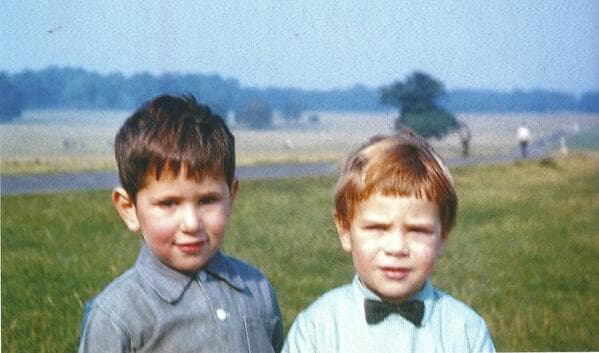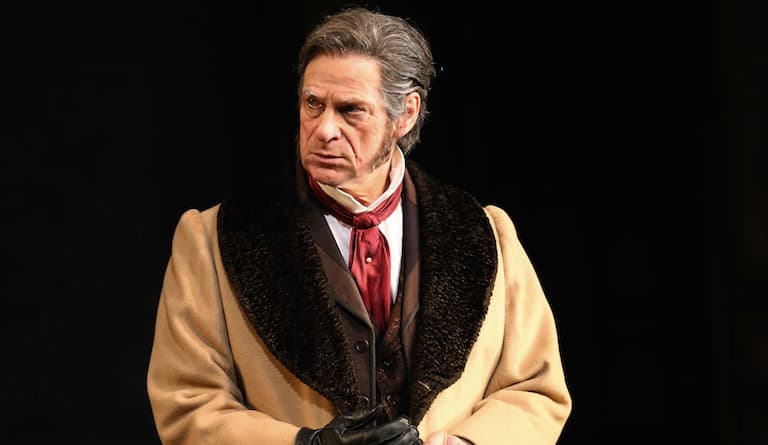Baritone Simon Keenlyside has been described as “one of Britain’s most sought-after and charismatic singers, noted for his versatility and highly charged performances on stage.” He made his first appearance in a major operatic role in 1987 as “Lescaut” in Puccini’s Manon Lescaut at the Royal Northern College of Music. Winner of countless Honours and awards, Keenlyside has performed at virtually all the major opera houses in the world. However, at the beginning of his career, singing opera was the furthest thing from his mind.
Simon Keenlyside Performs Leoncavallo’s Pagliacci, “Prologue”
Ancestry

Sir Simon Keenlyside
Simon John Keenlyside was born in London on 3 August 1959 into an exceptionally musical family. His grandfather, Leonard Hirsch, hailed from Dublin and studied with Adolf Brodsky at the Manchester College of Music. He had a highly successful career as a soloist, chamber musician, conductor, and teacher. His father, Raymond, played second violin in the Aeolian Quartet, a highly reputed string quartet based in London. That celebrated quartet had a long international touring history and presence and an important recording and broadcasting profile.
His mother, Ann Hirsch, grew up in South Africa. Her parents were not British citizens in the 1940s and emigrated to escape being sent to Australia for being foreigners and Jews. After her mother died, Ann returned to Britain at the age of 16 and grew up in the Jewish community of North Hampstead. In an interview, Keenlyside explained, “I’ve been a wandering gypsy all my life. I’m no different from my father and my grandfather, and I love that… I don’t want to make a declaration of my Jewishness, but it is there.”
Simon Keenlyside sings Vaughan-Williams: 3 Poems by Walt Whitman (excerpts) (Simon Keenlyside, baritone; Graham Johnson, piano)
Childhood

Simon Keenlyside and Steven Isserlis
Simon Keenlyside was surrounded by music growing up. “Where other children would have nursery rhymes, I’d go to bed to the sounds of Haydn, Mozart, and Schubert,” he explains. He also listened to his father’s ensemble rehearsing, and since they “were at the peak of their power, I’d get Mozart, Beethoven, and Haydn every day.” However, his early music education was rather eclectic, as his father took him to jazz concerts. Simon clearly remembers Oscar Peterson at the Festival Hall, and he still has “thousands” of jazz and blues records.
As he told the Guardian, “Before the joy of the iPod, I used to carry around 60 or 70 CDs everywhere I went. I hate the way the term ‘world music’ lumps together continents and traditions, but I do like music from many places and am crazy about the blues. The joy is in the infinite detail of the vocal line; the blending of voices and tiny variations.”
Simon Keenlyside Performs Rossini’s The Barber of Seville, “Largo al Factotum”
St John College

Simon studied the violin as a child, but he confesses that he never took it seriously. He much preferred singing, and by the age of 8, he joined the choir school of St John’s College Cambridge and quickly made several recordings as a treble soloist. He described it as an incredible start in his musical life and credits choirmaster George Guest with teaching him “almost everything I know as a musician… he would tell us stories to kindle our imagination, and his feeling for words is what set me on my path as a singer.”
Keenlyside very much enjoyed getting to know different repertories, and he just loved Palestrina, Tippett, and Messiaen. “You wouldn’t imagine a nine-year old having fun, but I was very rough and tumble, outdoorsy, dirty-kneed, and the music was so thrilling.” However, he did not enjoy all the professional duties, “we toured all over the world. No holidays. Recordings all the time. I wouldn’t advocate it for children. Best place for the child is in the home.”
Simon Keenlyside sings Brahms: 6 Lieder, Op. 86 (Simon Keenlyside, baritone; Malcolm Martineau, piano)
Return to St John’s

When he left St John’s, Simon moved to Reed’s school in Cobham, where he completed his A-levels, and during school holidays, he spent time as a warden with the Royal Society for the Protection of Birds. By the time he reached his teenage years, he probably knew most European bird songs. Upon his return to Cambridge, Keenlyside very much enjoyed his Zoology courses. “I found the whole canvass of evolution utterly wonderful, and I had fantastic teachers.”
His voice, meanwhile, had stabilised into a none-descript baritone, but after graduation, he won a Peter Moores Foundation Scholarship and decided to join the Royal Northern College of Music to study voice with John Cameron. It was Cameron who opened up the world of German Lieder for him, and he explained, “I wanted to learn to sing, and earning money at that point would have been, I’m sure, detrimental to learning how to sing…when I was in my mid-twenties my voice wasn’t ready for opera.” Keenlyside built his early reputation as a recitalist, but after graduating, moved to Germany to find work at some of the roughly 50 opera houses.
For more of the best in classical music, sign up for our E-Newsletter
